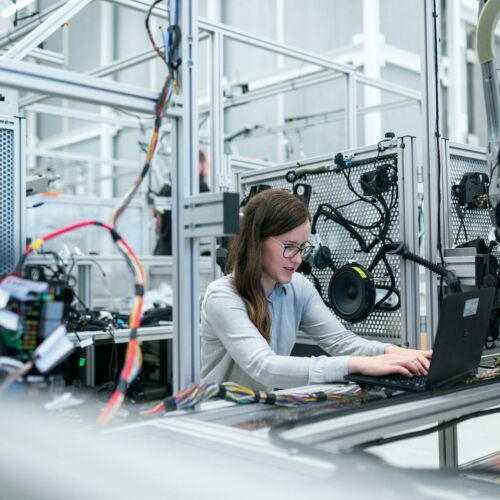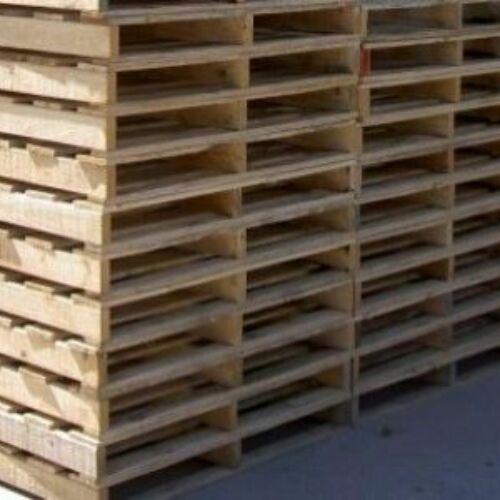Background and circular economy
Starting in 2019, inspired by the concept of Precious Plastic methods, Precious Plastic Melbourne develops a range of sustainable products, small-scale recycling machinery, and responsible manufacturing solutions to create a circular, waste-free future for plastic waste.
Their manufacturing solutions inspire value retention of plastics via recycling to place them on the circular economy value hill. Their machinery range enables others to create circular economies on a local scale within their communities. Their implemented circular business model, environmental impact awareness, raising awareness of the company’s stakeholders when it comes to ecology, and overall being a circular economy business demonstrates an advancing level of maturity in circular economy (18/25).
Drivers for circular economy adoption
It was the founder's personal values and passion for sustainability which was the main driver to adopt a circular economy model, complemented by the perceived business potential and financial benefits. External driver was the market demand for easy ways to reduce plastic environmental impacts. The ability to gain a competitive edge in the market and government grants were also observed as added drivers.
Circular economy practices adopted
- Refuse virgin material, only use plastic waste
- Every efficiency
- Design for assembly and replacement parts
- Repair and refurbish their machines
- Use recycled plastic as inputs to make products
Company changes with the adoption of circular economy
Precious Plastic Melbourne adopted their circular economy model from the inception.
Barriers and challenges
Barriers and challenges include:
- Lack of investments and financial resources
- Higher product cost and less production efficiency
- Human resource skill shortage
- Keeping updated with circular economy rules and learning new practices/techniques
- Lack of residual recycling options
- Securing plastic waste as inputs
- Customer reluctance to pay a premium for an environmentally friendly product
Critical success factors for circular economy
Critical success factors include:
- Vision and commitment from leaders
- Persistence in the circular journey as a long-term strategy
- Openness to learn about circular economy advances
- Collaboration with external stakeholders, including knowledge sharing
- Buy-in from customers achieved by educating them about environmental benefits
- Working with suppliers to extend internal practices and gain visibility
Benefits of adopting a circular economy
The key internal benefit is being able to grow as a company. Externally, marketing benefits, developing and retaining an environmentally friendly customer base and reducing the dependence on overseas suppliers for raw materials are the benefits of adopting the circular economy model.



